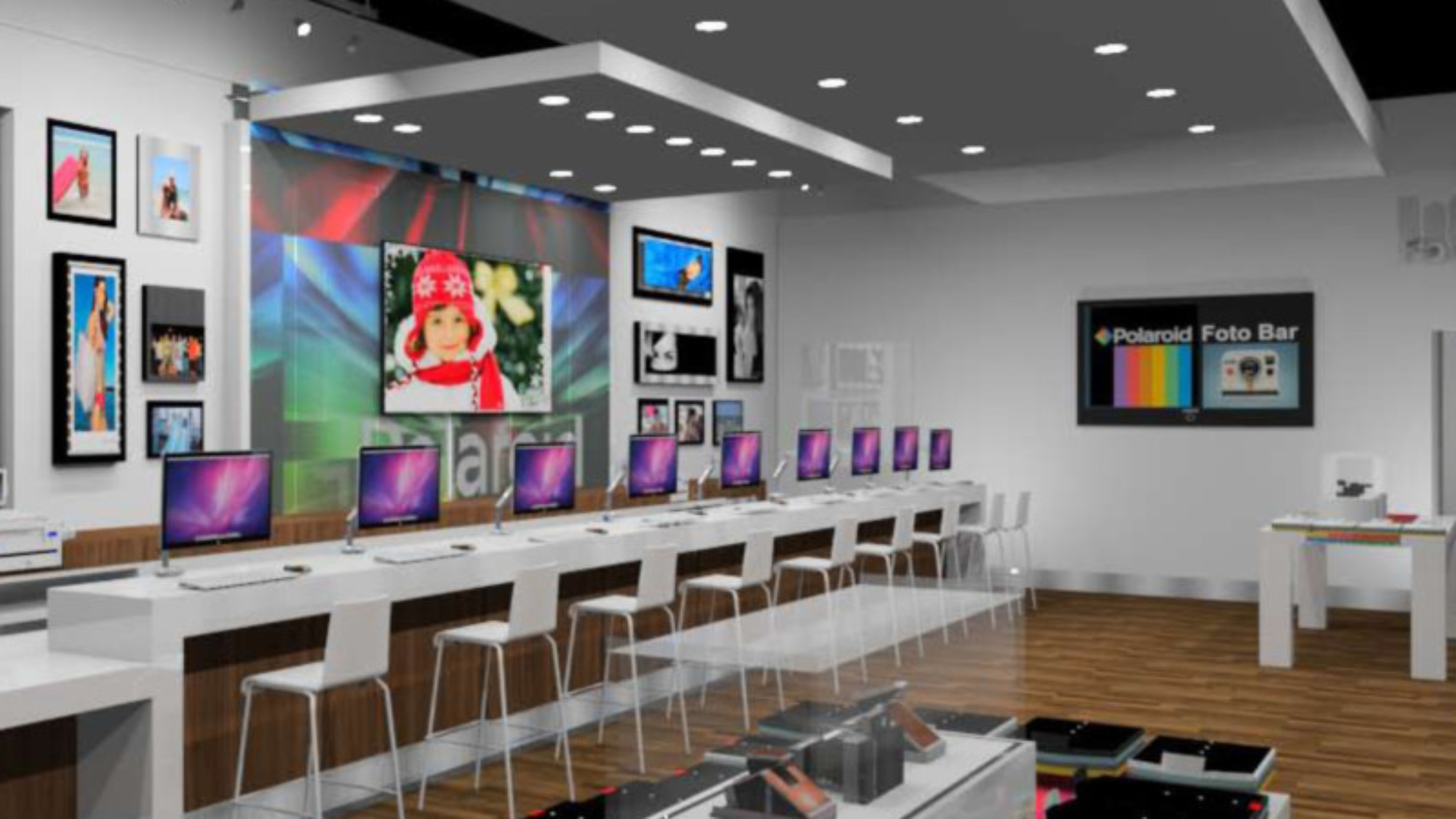As mall vacancies reach the highest in years, property managers continue to explore creative solutions for filling spaces and to experiment with different concepts to attract patrons.
A major trend is that consumers are choosing to invest increasingly in experiences over products, and brick’n’mortar retail needs to adapt to this demand to survive. It turns out that “experiential retail” is more than just a buzz phrase.
Last year, we talked about alternatives for large, anchor store spaces; this included such options as grocery stores, restaurants and movie theaters. There are also the easy options of offering “buy online, pick up in store” or free wifi. A surprisingly small percentage of stores offer these, even though they are relatively easy to implement and draw people in.
Properties are moving beyond these more obvious options, however. Experiential retail, entertainment options, eateries, and groceries can increase the health of a retail center because people tend to shop while they are there.
So What is Experiential Retail?
While most products can be bought online, people still go to physical locations to have “experiences.” This can include temporary events and entertainment; it can mean stores offering unique experiences and/or ambiance in addition to the products; or, it is simply the business itself being about in-person service or community interaction. These experiences include more obvious services such as nail and beauty salons, health and fitness facilities, restaurants, cinemas, and theaters. But they also include less previously thought of options such as: art galleries and “photo bars” where patrons can print photos off of their phones (see picture); novelty entertainment such as “escape rooms” and “rage rooms”; and temporary pop-up shops to bring buzz to a center and even “test drive” a potential tenant.
Although not the most popular tenants in the past, boutique fitness, and hip fast-casual restaurants are more and more common solutions. As shopping is increasingly done online, health and fitness are booming as social activities – there has been a 26% increase in health membership in less than 10 years. Things such as boot camp, boxing, barre classes, and yoga studios are now seen as valuable ways to full space.
Existing retailers can also add more in-store experience to what they offer. Arts and crafts stores, hobby shops and home improvement stores may choose to offer classes to draw people. Grocery stores are incorporating food, wine and juice bars where people can have social experiences in addition to or instead of just shopping. Some sporting goods stores have climbing walls and other simulators so shoppers can “test drive” equipment. The ambiance of many retailers is being kicked up a notch to include things ranging from refreshments to interactive audio/video features – the key is making it personal and memorable.
According to EY Executive Director Marcie Merriman, a cultural anthropologist and retail strategist, “There are tons of tests that are going on that don’t work … [but] if you are afraid to fail, those are the brands and business that are really in the most trouble.”
Adapt to Thrive
So the goal is to adapt and experiment so your properties can continue to thrive. Of course, your facility service company plays a vital role in this because as experience increasingly becomes the attraction, your property’s condition must have high appeal to customers. Does it look pleasing and feel inviting? Is there is plenty of seating? Are there accessible, clean restrooms? How is the walkability? Many of these factors can affect whether someone stops in one shop or stays for a longer visit and patronizes several tenant’s businesses.
TWS Facility Service makes it our mission to adapt to the ever-changing needs of our clients. As your property evolves, we make sure your facility service continues to make sense. Contact us to see what we can do to improve your facility service 888-883-1915

